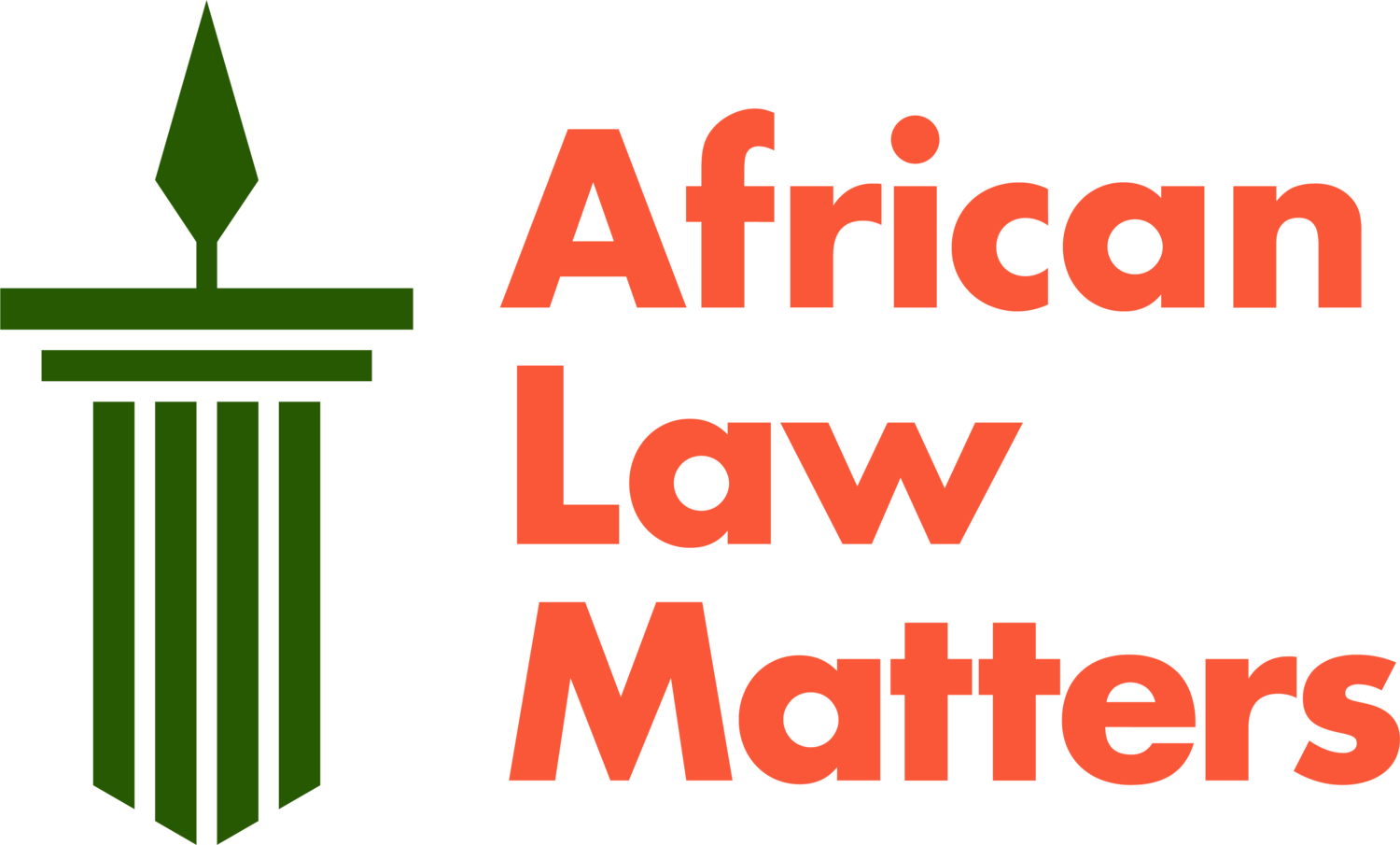Supporting African Transitions: Integrating AFSIT and AUTJP
Photo credit: African Union
The United Nations Development Programme recently launched the Africa Facility to Support Inclusive Transitions (AFSIT), an ‘agile and demand-driven mechanism’ aimed at strengthening governance, promoting democracy, and safeguarding development across the continent.
AFSIT was created in response to the recent surge of coup d’états in Africa and decisions made at the 2022 Extraordinary Session of the African Union Assembly on Terrorism and Unconstitutional Changes of Government in Africa.
As demonstrated in cases like Mali, Burkina Faso, and Niger, the likelihood of an unconstitutional change in government increases with growing insecurity. In such contexts, the military often stages coups as a means of addressing crises and restoring security. AFSIT seeks to prevent such occurrences and, if they occur, to facilitate peaceful transitions to democracy.
AFIST takes a flexible approach to addressing African transitions, prioritising conflict prevention in a manner which enhances the social contract at the national level. Central to its activities is a commitment to placing national actors and local communities at the heart of transition processes.
Furthermore, AFSIT is concerned with promoting inclusive development by empowering women and youth to actively participate in transition processes, institutions, and mechanisms. Moreover, the capacity of institutions to swiftly respond to and address transitions is paramount. By enhancing their capacity, AFSIT ensures that when transitions happen, they can be swiftly and effectively addressed.
Importantly, AFSIT does not view transitions solely through a political lens. It recognises that transitions can not only bring about political change but also serve as opportunities to promote social cohesion and the socio-economic development of marginalised and vulnerable populations.
AFSIT is also designed to complement the mandate, resources, and peace infrastructures of the African Union. Given its focus on transitions across the African continent, no resource is better suited than the African Union Transitional Justice Policy (AUTJP) — a framework that is inherently African, tailored to the continent’s specific contexts, and mindful of its traditions and socio-economic realities.
Overview of the AUTJP
My analysis is guided by the age-old adage that “a tree is bent while it is still young”. AFSIT as a newer architecture for managing transitions, must adopt an African Transitional Justice Approach (ATJA) earlier in its programming to ensure its mandate is both efficient and effective.
A clear link exists between AFSIT and the AUTJP, as outlined in paragraph 2 of the AUTJP. This section emphasizes that the policy is designed not only to address the “legacies of conflicts and violations”, but also to tackle governance deficits and developmental challenges, aligning with the broader goals of the AU’s Agenda 2063. With this is in mind, Unconstitutional Changes of Government (UCGs) and security challenges fall under the scope of the AUTJP, as they represent governance failure and obstacles to sustainable development.
The AUTJP provides a holistic framework for addressing the historical injustices and widespread human rights violations from conflict, with a view to providing justice, healing and reconciliation. The policy exploits African traditional mechanisms to resonate with local communities, while also focusing on restorative justice and victim centred approaches and institutional reforms in order to guarantee non-reoccurrence.
Synergising AFSIT and AUTJP: A unified framework for the African context
The AUTJP timeframe makes it a vital tool during the transition period. While AFSIT focuses on strengthening institutions and democratic frameworks, the AUTJP ensures these reforms are anchored in justice, accountability and a commitment to preventing recurrence, achieved through a people-centred approach. Programming AFSIT in such a way that it is conscious of the AUTJP could prove a game changer in democratic consolidation and accelerating development across the continent.
While AFSIT seemingly looks to provide immediate support during political transitions by ensuring that gains are consolidated and governance structures strengthened, the AUTJP offers a long-term framework to address the root causes of UCGs. Without addressing these root causes, the effectiveness of AFSIT’s work might be hindered. For example, in the Sahel region, supporting the implementation of inclusive institutions to restore constitutional order in states like Mali, Burkina Faso and Niger, without addressing the root causes of their UCGs, might nullify the good work of AFSIT.
In these countries, UCGs are often driven by insecurity, which has been fuelled by violent extremism. Therefore, AFSIT must incorporate a transitional justice approach that addresses these deep-seated challenges. Without this, the cycle of instability and unconstitutional governance is likely to persist.
In Southern Africa, a well-coordinated synergy between AFSIT and AUTJP can be vital in addressing complex transitions in the region and in preventing democratic backsliding. Countries like Zimbabwe, Eswatini and Mozambique are prime candidates for such a framework, given their ongoing challenges with governance, human rights and security.
In Zimbabwe for example, the political instability following the resignation of President Robert Mugabe in 2017 underscores the need for sustained transition support. Mugabe’s 30-year rule, facilitated by what is referred to in French Constitutional Law as pleins pouvoirs (full powers), significantly weakened state institutions in favour of presidential absolutism.
Building strong institutions takes time, and it is unrealistic to expect Zimbabwe to achieve this overnight after Mugabe’s departure. In this context, while AFSIT provides technical assistance to strengthen inclusive governance mechanisms, it should also simultaneously adopt an African Transitional Justice Approach. Such an approach would promote accountability and reconciliation, addressing long-standing grievances accumulated during Mugabe’s rule. If left unaddressed, these grievances could eventually escalate into violence, perpetuating cycles of political instability.
Conclusion
Statehood and the strength of credible governance structures are not derived from an abstract authority but rather from the continuing consent of the governed. Therefore, no matter the righteousness of AFSIT’s mandate to prevent and respond to UCGs, it is essential that it also addresses longstanding grievances that set the course for their eventualities. If such grievances are not addressed, there is a risk of not achieving inclusivity in governance. In such a case, the governed revoke their consent to be governed, increasing the likelihood of conflict, jeopardising peace and security, and eroding the gains made by AFSIT, thereby occasioning political regression and instability. In such a context, sustainable development cannot be achieved. To this end, given the gravity of AFSIT’s mandate, it is crucial that it synergises with the AUTJP in a continuous learning process. The tree needs to be bent while it is still young.


